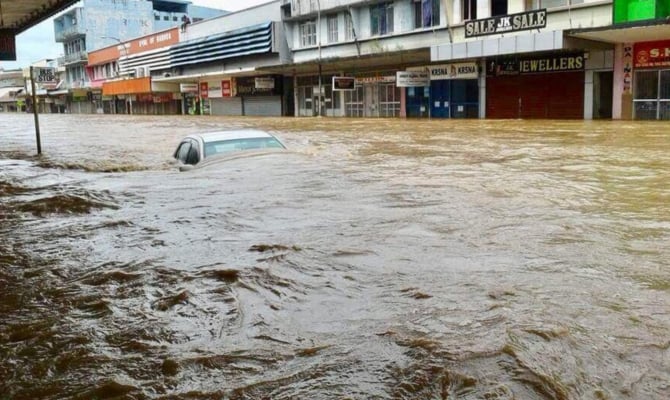The Secretariat of the Pacific Regional Programme has advised Pacific communities to prepare for the potential impacts of an El Niño.
SPREP says there is approximately a 70 percent chance of El Niño forming in 2023, roughly three times the normal chance of an El Niño. El Niño is a naturally occurring climate pattern associated with warming of the ocean surface temperatures in the central and eastern tropical Pacific Ocean. It occurs on average every two to seven years, and episodes usually last nine to 12 months or more.
SPREP’s COSPPac Climatologist, Philip Malsale, in a statement said Pacific countries must take heed of the alert and ensure they access the correct information and warnings from their National Meteorological Services.
“El Niño impacts countries differently and some countries will feel the impact more than others, especially during the dry season and for those countries affected by cyclones recently,” said Malsale.
“For the Pacific region, we expect above normal rainfall for Nauru, Kiribati, Tuvalu, northern Cook Islands and northern French Polynesia. We, however, expect below normal rainfall, or in some cases drought, in parts of Papua New Guinea, Palau, Solomon Islands, Vanuatu, New Caledonia, Fiji, Tonga, Samoa and Niue.”
The Pacific is just coming out of a triple-dip La Niña event, whereby La Niña was declared in 2020, 2021 and 2022. SPREP’s Meteorology and Climatology Adviser, Salesa Nihmei, reiterated while there is no need for Pacific communities to panic, they should remain alert.
“The impacts can be slow and begin with meteorological drought, then agricultural drought, hydrological drought then socioeconomic drought. This is the impact we need to prepare our communities against,” Nihmei said.
